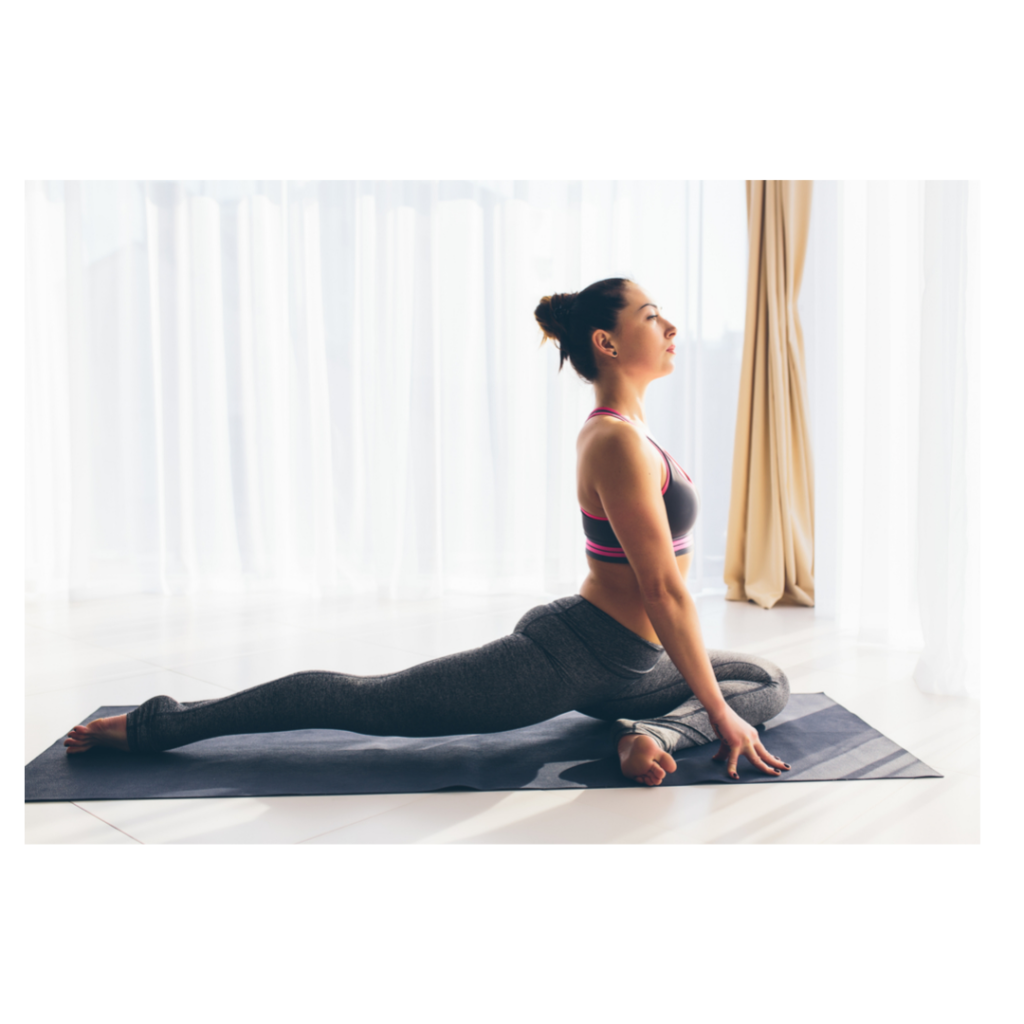If there’s one thing that stops people from starting, or continuing, to run-it’s injuries. Whether it’s runner’s knee, shin splints, pulled hamstrings, IT band syndrome or plantar fasciitis- they’re all painful and they can hinder or completely stop you from running.
The good news is, most of these common running injuries are preventable. By following these 5 easy steps, you can prevent injury and find the joy in running pain-free.
1. Don’t Increase Mileage Too Quickly

One of the most common culprits of running injuries is too much energy and enthusiasm. Many people, especially beginning runners, tend to try to do too much too soon. Meet the “10 Percent Rule”. This rule states that runners should never increase their mileage by more than 10 percent over a week.
Sometimes the problem with this is knowing how many miles to start with. If you are a beginning runner, I suggest seeing how many miles you can run in 30 minutes. Then, take that distance and divide it among the days of the week that you train. For example, if you can run 3 miles in 30 minutes, then start out with a total of 3 miles in week one and progress from there. If you’re already running 10 miles a week, increase to 11 miles the next and 12 after that.
It may seem like painstakingly slow progress, especially at first, and you might feel like your body can handle more training. But remember, gradually adapting to more mileage is the best way to allow your body to keep up with your own enthusiasm. By following the 10PR rule, you become stronger and fitter without injury.
2. Strength Training
I’ve mentioned this before: if you want to be a better runner, don’t just run. You need to include strength training in order to strengthen and stabilize certain muscles and keep your body balanced.
Many runners suffer from IT issues or runner’s knee. This is especially common in women because their hips are generally wider, causing the IT band to pull more and strain at the outside of the knee. I have seen my fair share of Physical Therapists and the most common advice I received for preventing knee pain was to strengthen these three muscles:

- Hip Muscles– You want to strengthen your adductors (think upper inner thigh) and abductors (think muscles on the upper part of your butt, close to your hips).
- Glutes
- Hamstrings
I can write a whole post dedicated to exercises that target these specific areas, but for now some great ideas include using body weight exercises or fitness machines with added weight specifically designed to work adductor, abductor and hamstring muscles.

3. Warm Up and Cool Down Properly
Don’t underestimate the importance of a good warm up and cool down- these are just as important as the actual run itself.
- Warm Up– Try walking, light jogging and dynamic stretches. I also recommend doing some high-knees and butt-kicks to engage those hips, glutes and hamstring muscles. A general rule is the shorter and more explosive the run, the longer the warm up needs to be.
- Cool Down– Walking and static stretching are good after a run. Without a proper cool down, you increase your likelihood of delayed onset muscle soreness (DOMS) and you’ll be hobbling around like an eighty-year old crab (yep it’s a thing).
When it comes to stretching, you want to especially focus on your IT band and hamstrings. Doing the “pigeon” pose as shown below is a great way to target your IT band and stretch that muscle.

4. Foam Rolling
Foam rolling can release the knots and tightness that builds up in your muscles after exercising. This increases the blood flow to the muscles and aids in recovery. I like to add this to my cool-down routine after running, but you can also use it as part of your warm up. I purchased my foam roller for only $20.00 (much cheaper than getting massages). I have found it particularly helpful to use it on my IT band to help prevent runner’s knee, but the main areas that all runners should focus on are:
- Calves
- Hamstrings
- Quads
- Glutes
- Adductor Muscles (Inner Thigh)
- Shins
- IT Band

If you come across a tight area, hold the pressure on that spot for about 30 seconds. It can be uncomfortable but it should never be painful. Be careful not to put too much pressure on an inflamed muscle.
5. Get Proper Gear

I mention in almost all of my posts the importance of proper gear, especially shoes. That’s because I can’t stress enough how important a good pair of running shoes is when it comes to injury prevention. So head to your specialty running store and have them analyze your gait and foot type to help you pick the perfect pair. Also, make sure to replace your running shoe every 6 months or about every 300-400 miles of running.
Many runners also use compression socks or sleeves when running, and these can be known to help prevent shin splints, muscle cramping, swelling and even deep vein thrombosis. I haven’t personally tried them yet, but after my own experience with blood clotting in my legs, I am thinking of trying them.
These 5 tips won’t prevent 100% of injuries, but they will make a significant difference in your running.
Let me know if you already use these tips or any other ways that you prevent running injuries.
Related articles: 10 Tips for Beginning Runners
